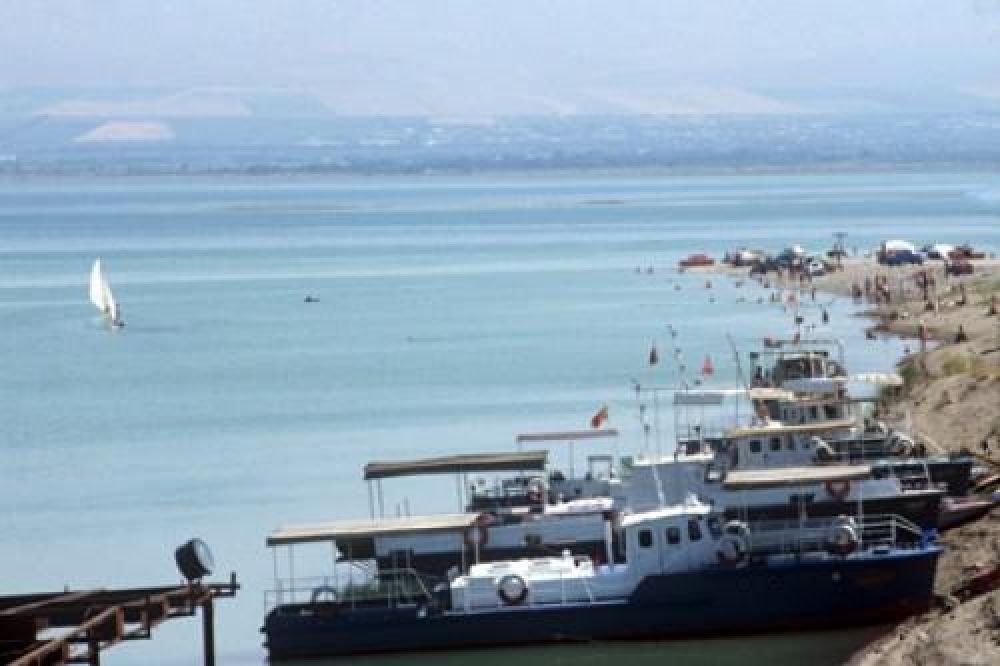

The Qayraqqum Reservoir, also known as the Kayrakkum Reservoir, has not traditionally been a major tourist destination within Tajikistan. Its creation in the 1950s, resulting from the damming of the Syr Darya River for irrigation and hydroelectric power purposes, greatly impacted the surrounding regions. However, over the years it has gained some prominence as a local recreational area.
In the Soviet era, such bodies of water were often developed as retreats for workers, and modest tourism infrastructure was developed. After Tajikistan's independence in 1991, the nation focused on rebuilding its economy and infrastructure, which had suffered during the civil war.
Over time, the importance of tourism surfaced, and places like the Qayraqqum Reservoir were slowly discovered by local tourists and international visitors looking for untapped natural beauty and outdoor activities. Despite this, tourism remained relatively low-scale and focused on domestic travelers.
In recent years, Tajikistan has begun to recognize the potential of tourism as a tool for economic development and has started to invest more in this sector. The Qayraqqum Reservoir has seen improvements in its tourism infrastructure, albeit modestly, as the government and private sector aim to attract more visitors.
There is a growing interest in eco-tourism and sustainable travel practices, with tourists seeking destinations that offer nature-based experiences. The Qayraqqum Reservoir caters to this demand by providing opportunities for swimming, boating, and picnicking in a picturesque setting far from the country's more overcrowded tourist spots.
Additionally, there is a slow but noticeable rise in international visitors due, in part, to better online visibility and word of mouth. The reservoir's proximity to the historic Silk Road city of Khujand also adds to its appeal. The Silk Road history affords visitors a combination of cultural tourism coupled with leisure activities at the reservoir.
Adventure tourism is also on the rise, with the reservoir being a potential hub for water sports and fishing. Although such activities are not yet fully developed or marketed extensively, there is a clear trend toward diversifying the types of experiences offered to tourists.
Furthermore, recent developments in infrastructure, such as improved roads and increased accommodation options, have made the Qayraqqum Reservoir more accessible. Small-scale tour operators and local businesses are increasingly viewing the reservoir as a valuable tourist resource and are seeking to promote it to both domestic and international visitors.
The future of tourism at Qayraqqum Reservoir looks positive, with concerted efforts to increase tourism in a sustainable manner. Development plans are cautious, however, with respect to preserving the natural beauty and local ecosystem of the reservoir, as Tajikistan seeks to establish itself as a responsible tourism destination.
With continuing investments and a growing recognition of its potential, Qayraqqum Reservoir is expected to become a more prominent feature in Tajikistan's tourism landscape. However, the focus remains on balancing growth with environmental integrity and ensuring that tourism development benefits local communities.